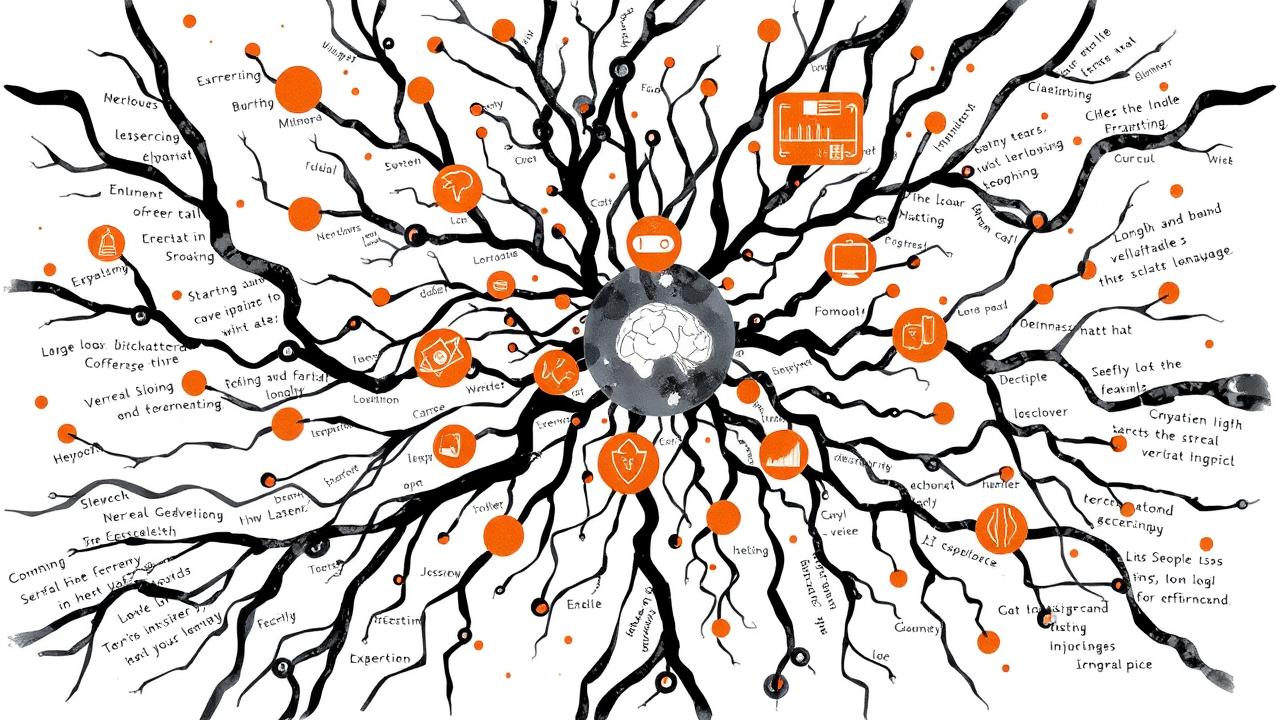Unlocking the Power of Large Language Models: A Comprehensive Guide to How they Work
Artificial intelligence (AI) has made tremendous progress in recent years, and one of the most significant advancements is the development of Large Language Models (LLMs). These AI systems have the ability to understand and generate human-like language, opening up new possibilities for applications such as language translation, text summarization, and chatbots.
But have you ever wondered how LLMs actually work? In this article, we'll delve into the inner workings of these complex AI systems, exploring the key factors that impact their performance and the tradeoffs involved in balancing different approaches.
What are Large Language Models?
Large Language Models are a type of neural network designed to process and generate human language. They consist of multiple layers of interconnected nodes (neurons) that learn to represent the patterns and structures of language. These models are trained on vast amounts of text data, which allows them to learn the relationships between words, phrases, and sentences.
Key Factors that Impact LLM Performance
Several factors contribute to the performance of LLMs, including:
- Training Data: The quality and quantity of the training data have a significant impact on LLM performance. Models trained on diverse and high-quality data tend to perform better than those trained on limited or low-quality data.
- Model Architecture: The design of the model architecture, including the number of layers, nodes, and connections, affects its ability to learn and represent language patterns.
- Optimization Algorithm: The optimization algorithm used to train the model, such as stochastic gradient descent (SGD) or Adam, influences the model's ability to converge and optimize its parameters.
- Regularization Techniques: Regularization techniques, such as dropout and L1/L2 regularization, help prevent overfitting and improve model generalization.
- Computational Resources: The availability of computational resources, including memory and processing power, affects the model's ability to train and deploy.
Tradeoffs in Balancing Factors
When designing and training LLMs, researchers and developers must balance competing factors to achieve optimal performance. For example:
- Increasing the size of the training dataset can improve model performance but may also increase the risk of overfitting.
- Using a more complex model architecture can improve model performance but may also increase the risk of overfitting and require more computational resources.
- Using regularization techniques can improve model generalization but may also reduce model performance on specific tasks.
Challenges Associated with Different Approaches
Different approaches to LLM design and training pose unique challenges, including:
- Supervised vs. Unsupervised Learning: Supervised learning requires labeled data, which can be time-consuming and expensive to obtain. Unsupervised learning, on the other hand, can be more efficient but may require more computational resources.
- Fine-Tuning vs. Pre-Trained Models: Fine-tuning pre-trained models can be more efficient but may also require more computational resources and expertise.
- Explainability and Interpretability: LLMs can be difficult to interpret and explain, making it challenging to understand their decision-making processes.
Considering the Impact on Decision-Making
When making decisions about LLM design and training, it's essential to consider the potential impact on various stakeholders, including:
- Users: LLMs can provide valuable insights and recommendations, but they may also introduce biases and errors.
- Developers: LLMs require significant computational resources and expertise to design and train.
- Regulators: LLMs raise concerns about data privacy, security, and accountability.
In conclusion, Large Language Models are complex AI systems that require careful consideration of multiple factors to achieve optimal performance. By understanding the tradeoffs involved in balancing different approaches and the challenges associated with different approaches, we can design and train LLMs that provide valuable insights and recommendations while minimizing potential risks and biases.
